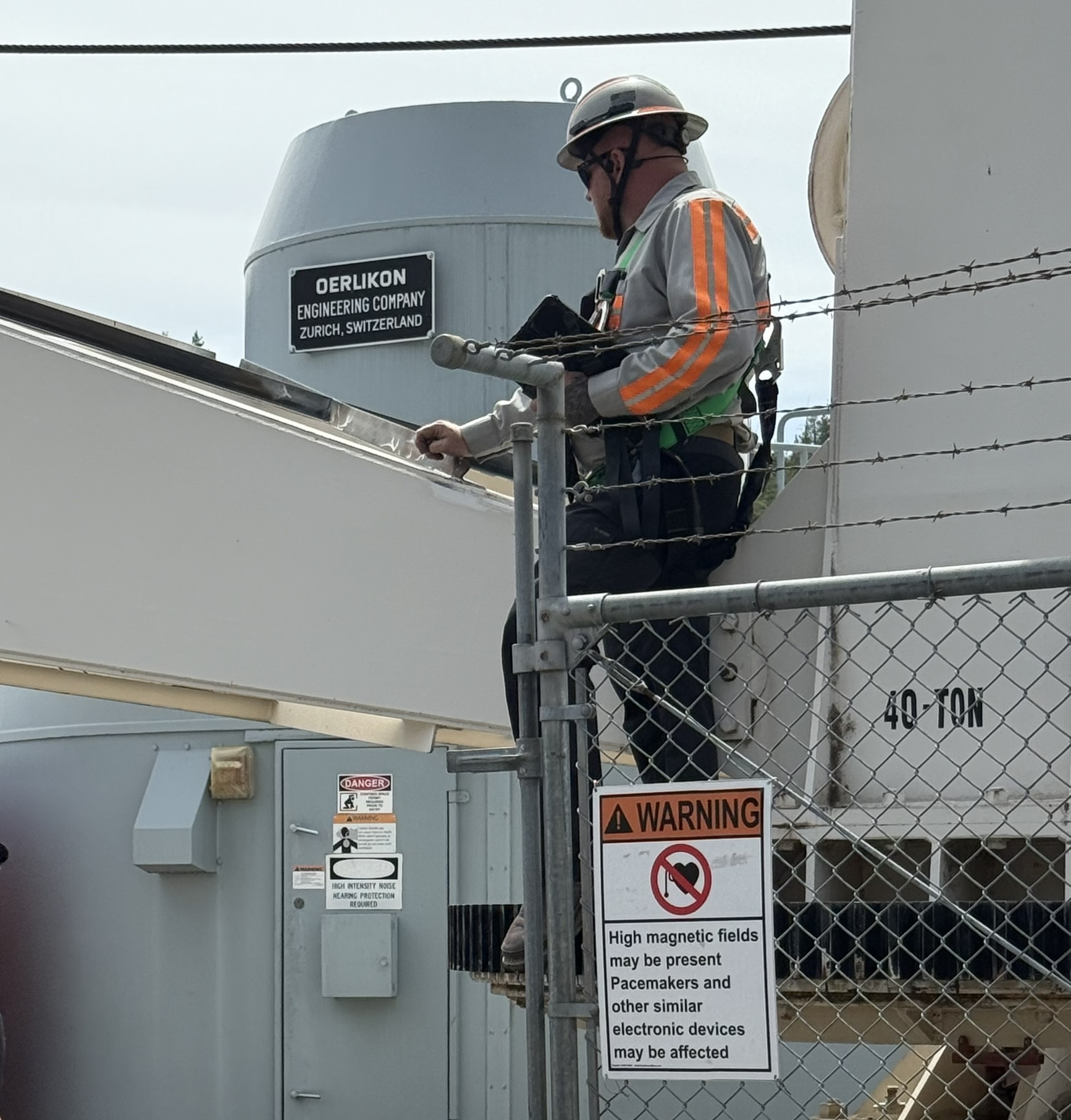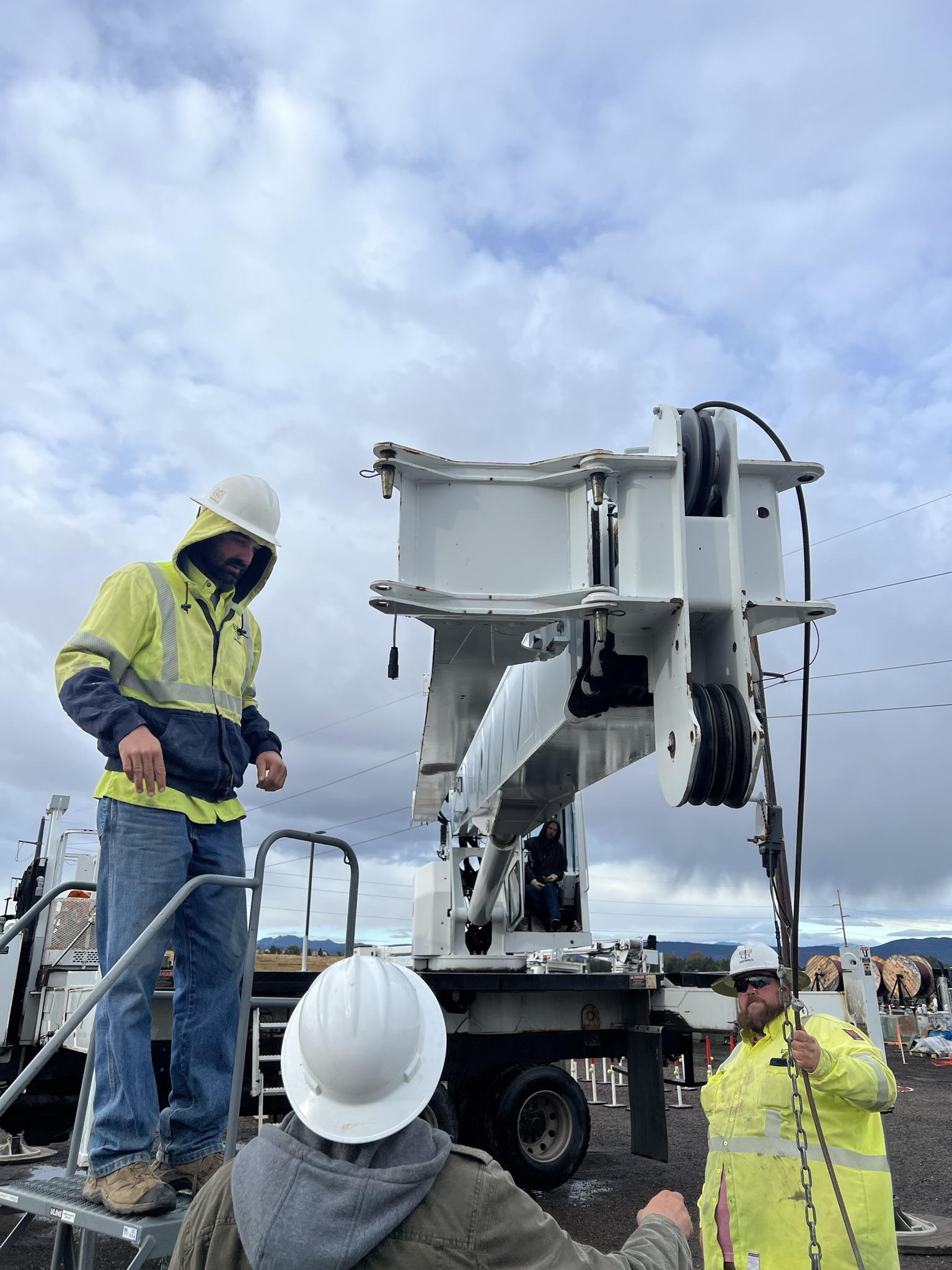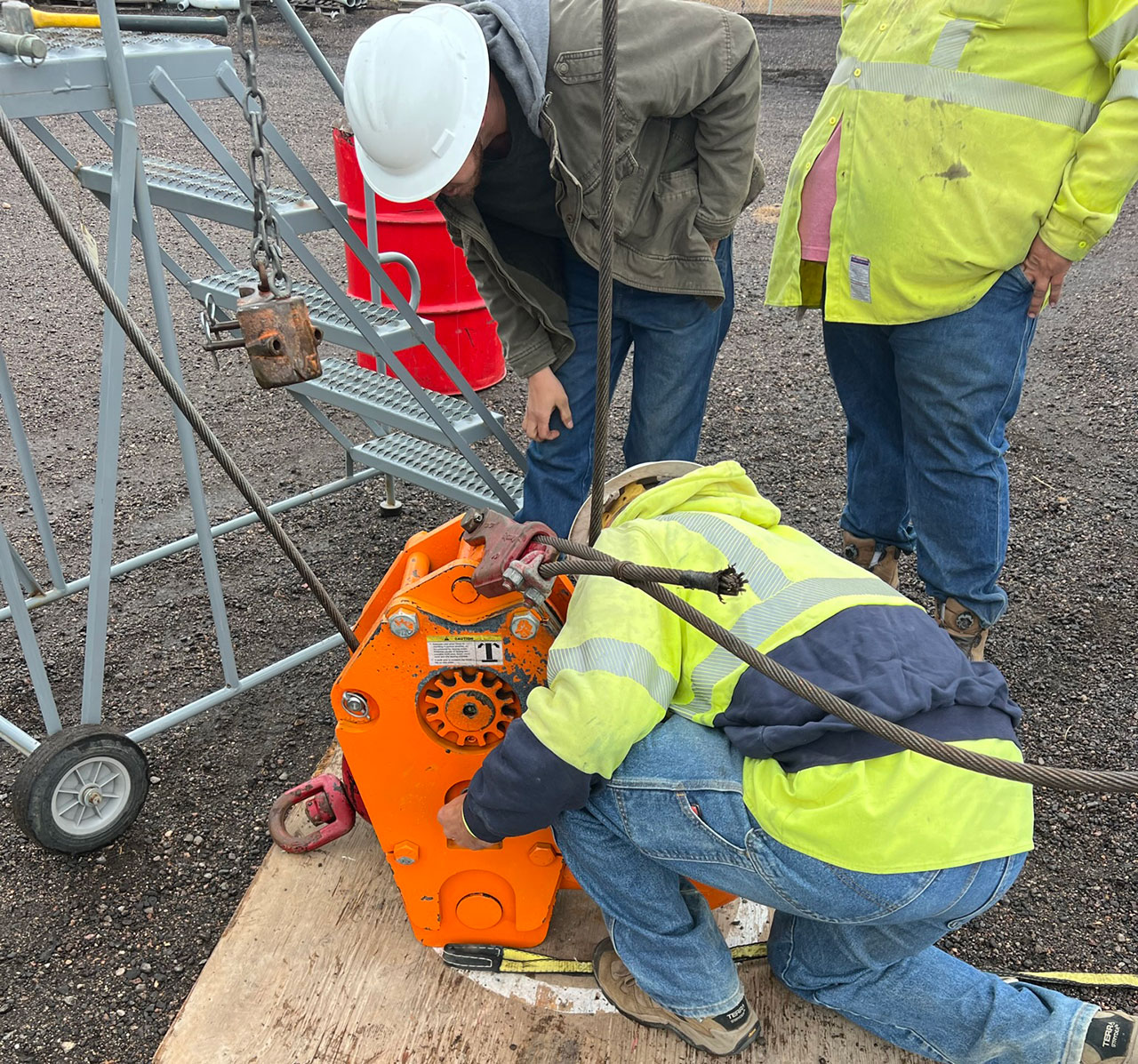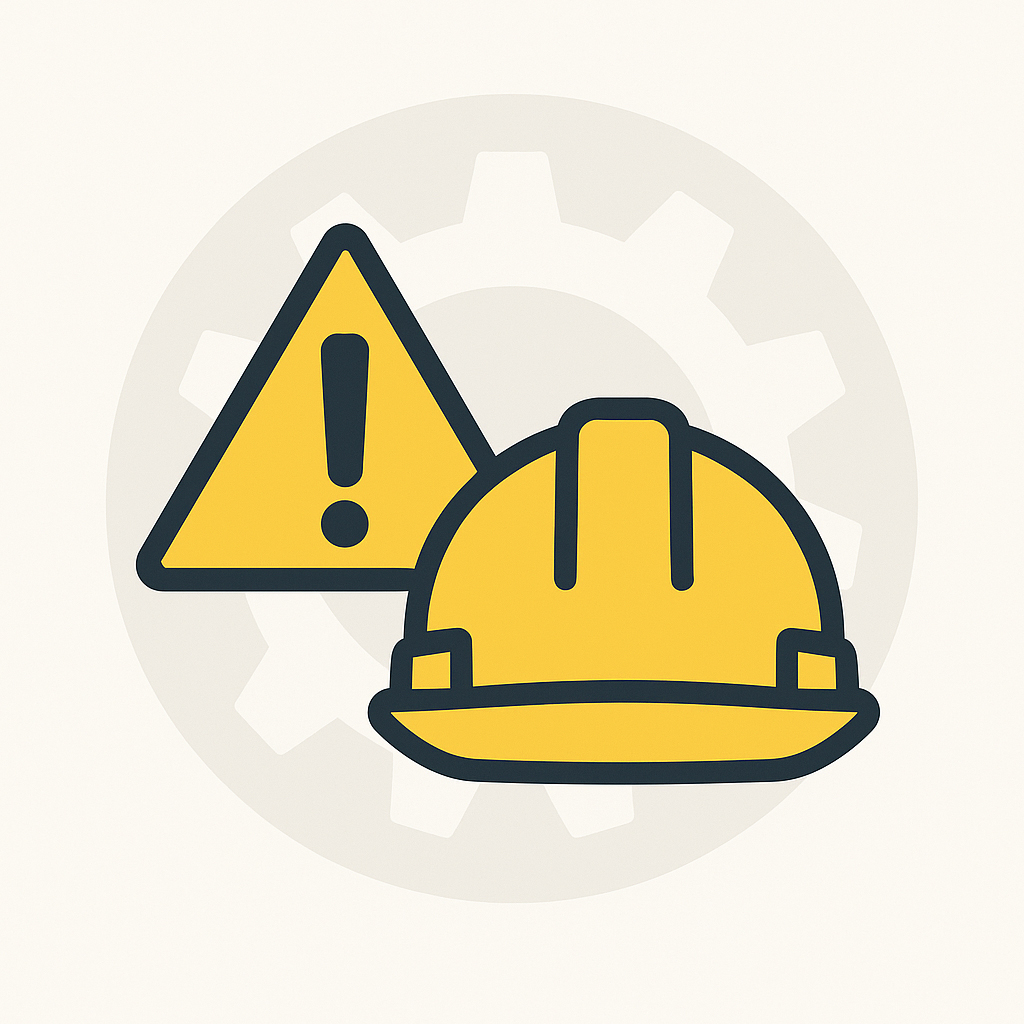ASME B30 Crane Safety Standards
What is ASME?
The American Society of Mechanical Engineers (ASME) is a globally recognized organization that sets safety and performance standards across industries. For crane operations, the ASME B30 Series defines how cranes and related lifting equipment should be designed, maintained, and used to ensure maximum safety.
Unlike OSHA—which enforces safety laws—ASME creates technical standards that many OSHA regulations rely on. Following ASME B30 isn’t just best practice—it’s essential for safety audits, legal compliance, and risk reduction.

What Is the ASME B30 Series?
The ASME B30 series contains over 25 separate codes, each focused on a different type of crane, lifting device, or rigging hardware. These standards cover everything from design and inspection to operation and maintenance.
They are voluntary consensus standards, meaning they are not laws—but they are often used in court cases, OSHA citations, and jobsite safety policies as the accepted standard of care.

Key ASME B30 Codes & What They Cover
| Code | Name | What It Regulates |
|---|---|---|
| B30.5 | Mobile and Locomotive Cranes | Operator responsibilities, inspection procedures, lifting practices |
| B30.3 | Tower Cranes | Site setup, assembly, disassembly, and operating conditions |
| B30.2 | Overhead and Gantry Cranes | Usage in industrial environments, system limitations |
| B30.10 | Hooks | Hook strength, wear limits, inspection, and rejection criteria |
| B30.26 | Rigging Hardware | Requirements for shackles, turnbuckles, eyebolts, and more |
| B30.9 | Slings | Safe use of wire rope, chain, synthetic, and metal |

Why ASME Standards Matter for Your Business
Following ASME standards helps your business:
- Prevent crane-related accidents with detailed inspection and operation guidance
- Avoid costly downtime by maintaining equipment to engineering specs
- Meet OSHA expectations during site audits or investigations
- Train your team using proven best practices
- Protect your business legally by demonstrating adherence to industry-recognized standards

How Crane Safe LLC Helps You Apply ASME Standards
We work directly with crane operators, safety managers, and business owners to bring your operations into alignment with the ASME B30 series:
- ASME-aligned crane inspections
- Rigging hardware and sling evaluations
- Customized lift planning services
- Operator and signalperson training
- Documentation for OSHA or insurance audits
“ASME sets the standard—Crane Safe makes it actionable.”
Frequently Asked Questions
Are ASME standards mandatory?
No, they aren’t laws. But OSHA often cites ASME in inspections and citations, and courts consider them the industry’s standard of care.
How often should we inspect according to ASME?
Daily visual inspections and more thorough monthly or annual reviews are required, depending on equipment use and type.
Can you help us set up an ASME-based safety program?
Yes. We create site-specific plans that match your equipment mix and local requirements.
Learn More

OSHA Regulations
OSHA enforces crane safety laws in the workplace, including operator certification, inspections, and hazard prevention. Noncompliance means fines or worse—accidents.

ANSI Guidelines
ANSI works with ASME to establish crane equipment standards that manufacturers and workplaces use. We break down what ANSI standards mean for your safety gear and operations.

NCCCO Certification
To operate cranes legally and safely, many jobsites require NCCCO-certified operators. We train, test, and certify according to the most respected program in the U.S.
